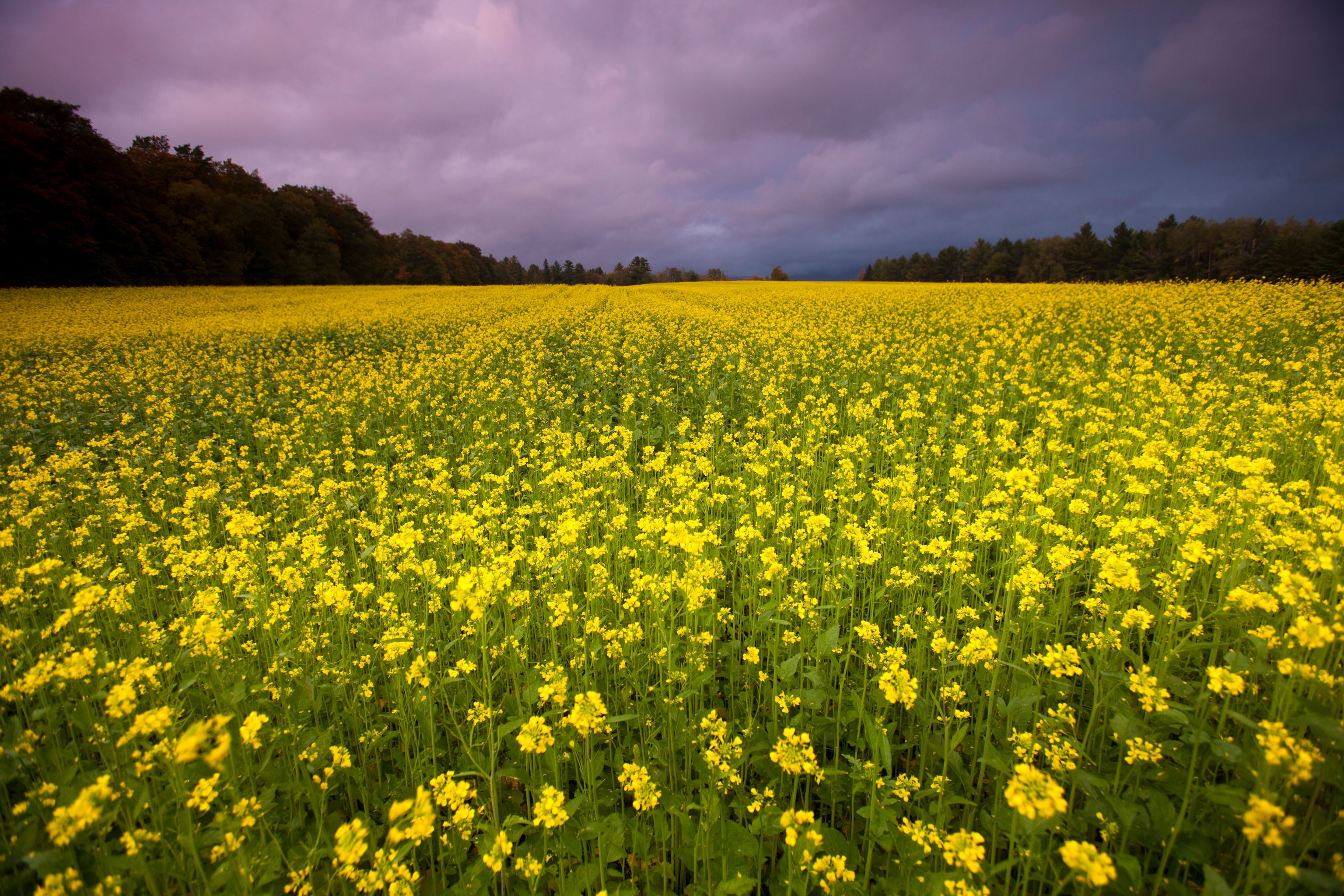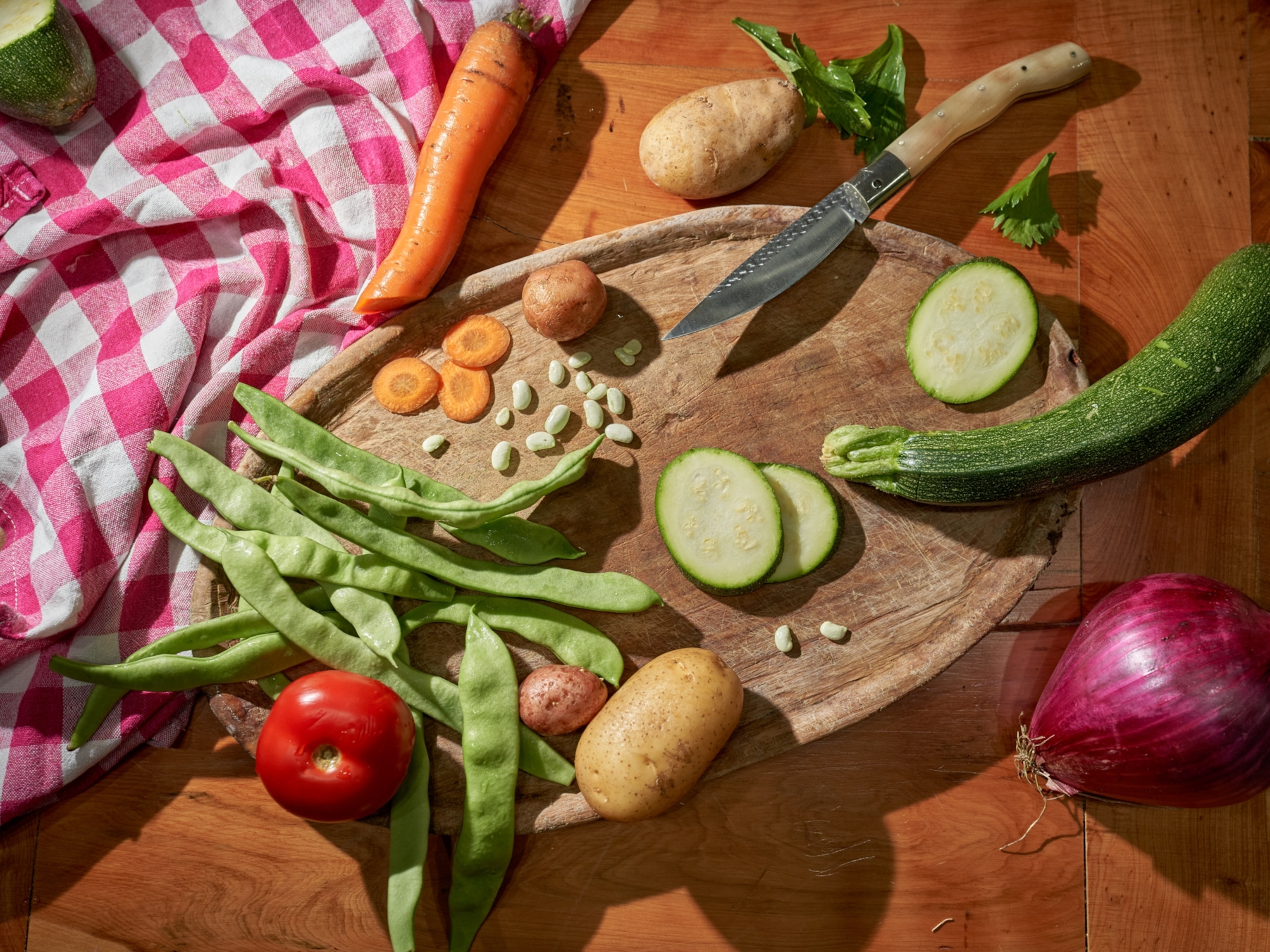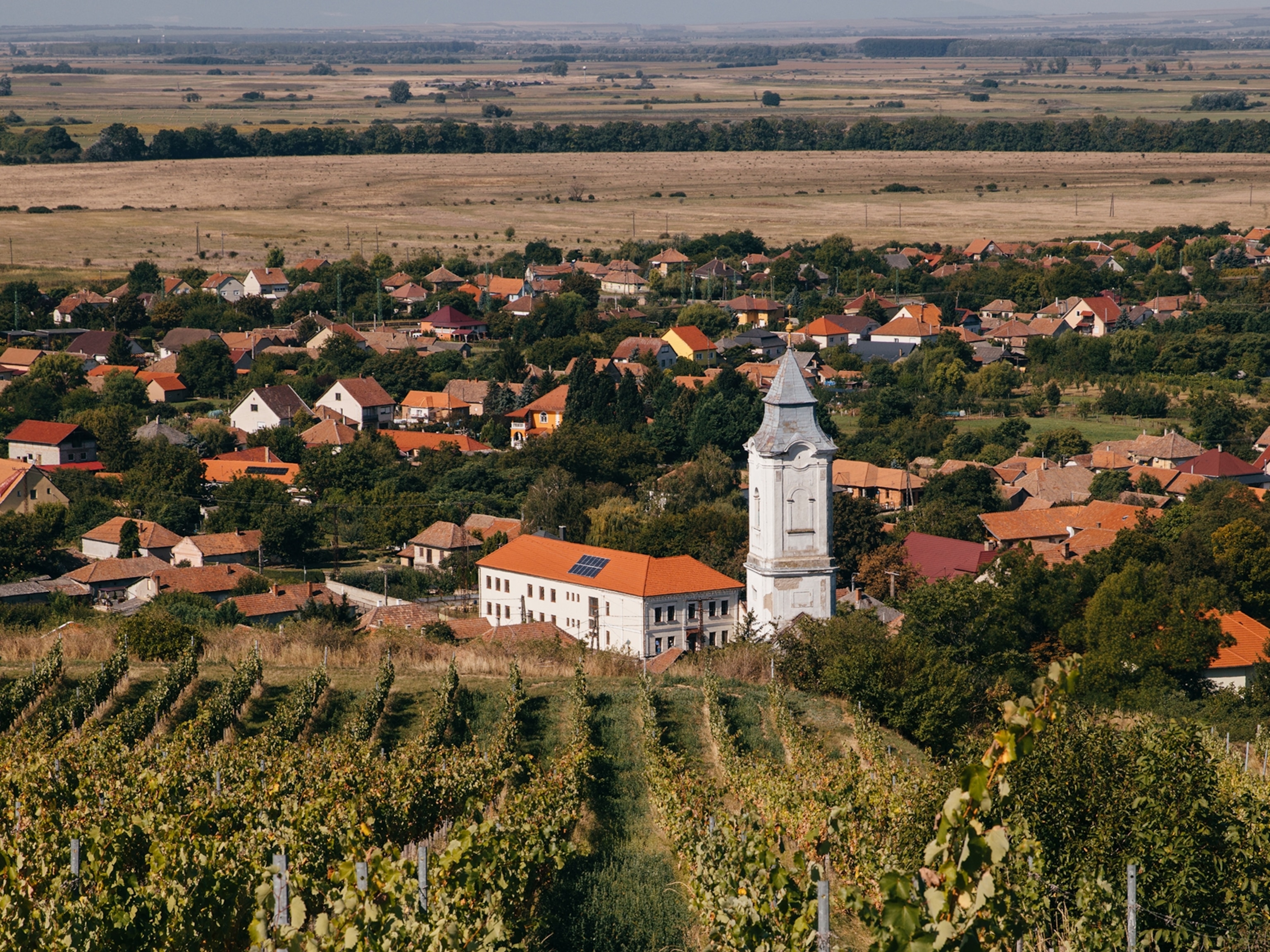
Earth Day: 5 Foods to Save the Planet
Tomorrow (April 22) is Earth Day, and unless you have an earnest elementary-school child working on a science project or are in an eco-profession, it may go by unnoticed like so many Flag Days before it.
Our meal choices, from foods shipped from faraway places to our wasting 30 percent of the current food supply, affect the environment every day. So commemorate the 46th Earth Day tomorrow in the best possible way—by eating. Here are five food choices to save the planet.
Foraged Food. To cook like a chef and help the planet, take a walk and look down. Top toques globally forage for hyper-local and hyper-fresh wild-growing plants. Environmentally, it makes sense to eat free things that otherwise would have gone to waste rather than duplicate efforts to farm food. Years ago at former White House Chef Frank Ruta’s restaurant, I inquired about the menu’s “Arlington Ramps.” Turned out that the rarefied-sounding treat was simply ramps (tender, wild onions) he found growing around his backyard in Arlington, VA.
In the Maryland countryside, Beverly Morton plants only a quarter of the land at her Patowmack Farm, leaving the rest wild for Chef Tarver King to forage for ingredients for the farm restaurant’s dishes: pine needle jus over chicken, stinging nettles over oysters, and chickweed for quiche Lorraine. The restaurant’s wild cuisine is currently nominated for the top fine dining award the Washington, D.C. area.
Across the ocean at Noma, the restaurant voted best in the world, chef Rene Redzepi is the dining world’s master forager and an inspiration for the World Bank’s proposal to eradicate hunger by calling on chefs to redefine what it edible. After all, Henry David Thoreau reported in Walden back in 1854 that he had many “satisfactory” dinners of purslane (the weed that is currently springing up among the mulch around your tulips).
Two caveats: First, even Redzepi admits that by eating unidentified foraged food “you can actually die,” so it’s best to dine at restaurants with reputable chefs and hunt with someone who can identify plants if you can’t. Second, make sure you’re not illegally foraging. In October, 2013, a man was arrested by a National Park Ranger with mushrooms poached from the park and records showing $22,766 in sales to restaurants of thousands of pounds of poached mushrooms and ramps. You just don’t want to go to prison for being a mushroom poacher.

Buckwheat. Buckwheat has been around for thousands of years, prized for its grain-like seeds. It makes great oatmeal and risotto and is an unexpected addition to a salad—plus it’s gluten-free, as it’s a seed, so safe for those with Celiac disease. Making pancakes or bread with half buckwheat flour adds an earthy nuttiness that is incredibly satisfying.
Buckwheat is also an extraordinary and quick-growing organic cover crop, whose use has declined with the prevalence of synthetic herbicides and pesticides. Cover crops attract beneficial insects and suppress weeds so the more buckwheat we eat, the more of these productive little powerhouses will be planted. Plus the flowers are gorgeous, and a terrific source of nectar for honeybees.
Honey. Which brings me to honey. Buckwheat honey is spectacular, dark and thick and just one bad deed shy of molasses; eating buckwheat honey will support more buckwheat plants. But buying any type of honey supports planet health, because Colony Collapse Disorder—the mysterious disappearance of bees worldwide—is such a threat to plants that the White House established a task force to address pollinator health.
Make sure your honey is real by purchasing small-batch honey—up to one-third of the product sold in the U.S. is counterfeit. Supporting beekeepers who are committed to sustainable honey-producing methods means supporting every other piece of pollinated food you eat.
Mule Foot Pork. According to most studies, producing animal protein contributes more to environmental pollution than producing other types of food. If you eat pork, Mule Foot is the one to eat. Mule Foot is the top-rated in taste tests by Slow Food International but their popularity declined so much in the past century that now not many farmers raise them. (Most attribute this to the breed’s success in pasture, which makes them unfit for commercial feedlots, and the Mule Foot pig’s ability to produce copious amounts of high-quality lard, which until the past five years or so was not in high demand.)
The breed almost became extinct not long ago, and The Livestock Conservancy began working with farmers to commit to Mule Foot pigs. Through the effots of farmers like Many Rock Farms (sold at FreshFarm Markets, which runs the market near the White House) Mule Foots are now becoming popular again. It’s counterintuitive to say that eating an animal will save its breed, but this is how to get more farmers interested in raising them.
Ugly Food. The Ugly Food Movement is just beginning. Much of our food waste every year is produce that is thrown away for being a little twisty or bumpy or pock marked or dimpled in the wrong places (hey, aren’t the best of us?). This food is just as delicious as the supermodel food next to it, and perfectly safe, but falls below the aesthetic standards of what most people will buy so stores simply throw it away.
The most likely place to find ugly food is the farmers’ market, where smart cooks know that beauty and deliciousness don’t always match up. Asking a supermarket manager to carry ugly fruit and vegetables in a special section might give great food a second chance and you a nice discount.








